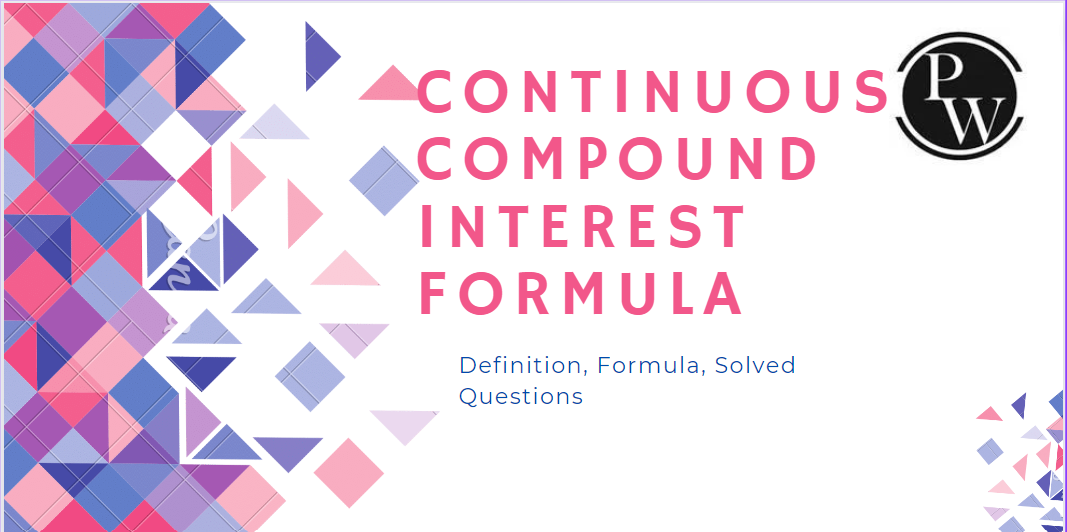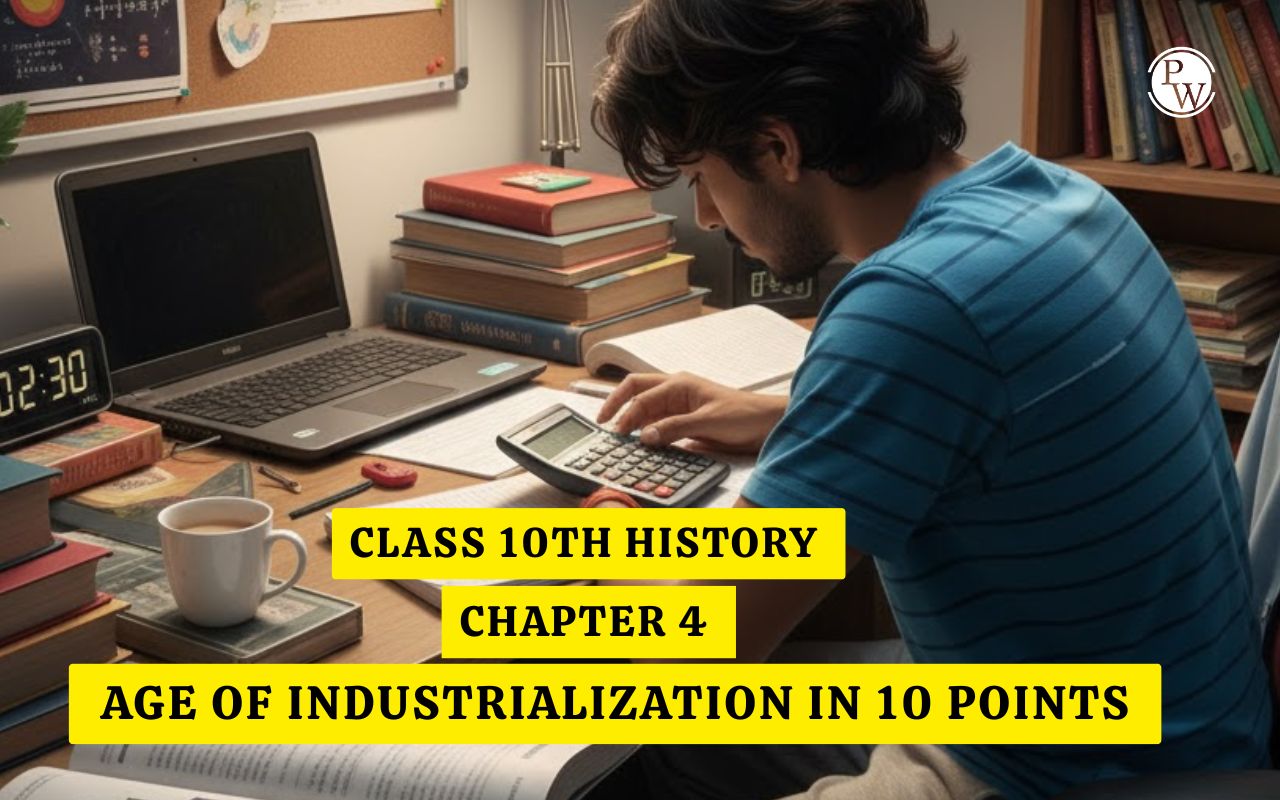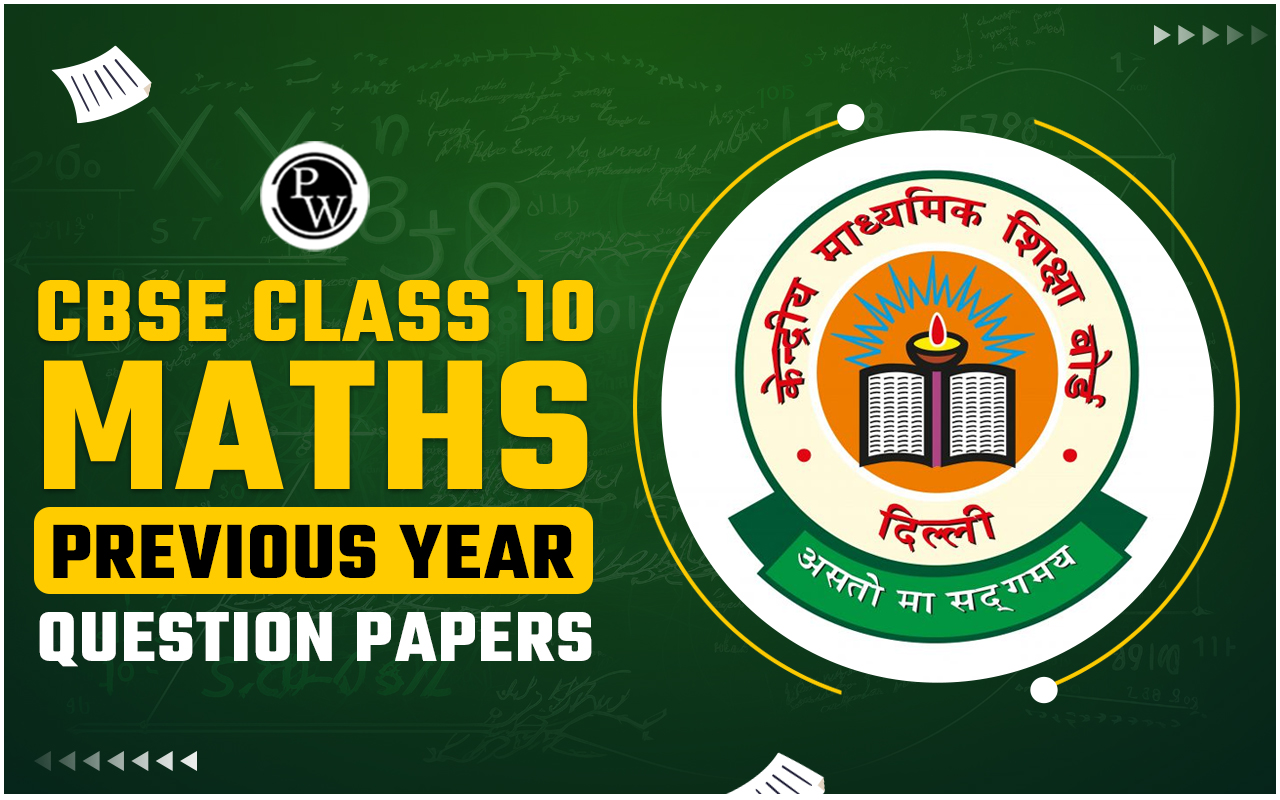

What is Continuous Compound Interest?
Continuous Compound Interest Formula: Continuous compound interest is a method of calculating interest where the interest is added to the principal continuously, rather than at specific intervals. This results in the compounding of interest in infinitely small increments, which can lead to significant differences in the final amount compared to simple or regular compound interest.The Formula for Continuous Compound Interest
The formula for continuous compound interest is given by: A = P * e^(rt) Where: - A is the final amount, including the principal and interest. - P is the initial principal amount (the initial investment or loan amount). - e is the base of the natural logarithm (approximately 2.71828). - r is the annual interest rate (in decimal form). - t is the time (in years).Also Check - Spherical Capacitor Formula
Solved Problems Of Continuous Compound Interest Formula
Let's solve a couple of problems to illustrate continuous compound interest: Problem 1: You invest $1,000 at an annual interest rate of 5% compounded continuously. How much will you have after 3 years?Solution:
P = $1,000 r = 5% or 0.05 t = 3 years A = 1000 * e^(0.05 * 3) A ≈ 1000 * 2.71828^(0.15) A ≈ 1000 * 1.16123 A ≈ $1,161.23 After 3 years, your investment will grow to approximately $1,161.23.Also Check - Specific Gravity Formula
Problem 2:
You have a loan of $5,000 with an annual interest rate of 7% compounded continuously. How long will it take for the loan to double?
Solution:
P = $5,000 r = 7% or 0.07 We want to find the time, so we'll leave t as our variable. A = 5000 * e^(0.07t) Now, we need to find the time when A doubles, which means A will be $10,000. 10000 = 5000 * e^(0.07t) Now, we'll solve for t: 2 = e^(0.07t) Taking the natural logarithm of both sides: ln(2) = 0.07t t = ln(2) / 0.07 t ≈ 9.9 years It will take approximately 9.9 years for the loan to double.Applications Of Continuous Compound Interest Formula
- Financial Investments: Continuous compounding is commonly used in financial investments, such as savings accounts, certificates of deposit (CDs), and bonds. When interest is compounded continuously, investors can maximize their returns over time.
- Mortgages and Loans : Continuous compound interest is also relevant in the context of loans and mortgages. Lenders use this concept to determine the interest that accrues on a loan continuously. Borrowers can benefit from understanding how continuous compounding affects their debt.
- Economic Growth: Economists and policymakers use continuous compound interest to model and analyze economic growth. It helps in understanding how small changes in growth rates can lead to substantial differences in the long run.
- Population Growth: Continuous compounding finds applications in population growth models, especially when studying the growth of biological populations or the spread of diseases. Continuous compounding allows for more accurate predictions of growth rates.
- Pharmacokinetics: In pharmacology, continuous compounding is used to model the way drugs are absorbed, distributed, metabolized, and excreted in the body. This helps in determining optimal dosages and treatment regimens.
- Physics: Continuous compounding appears in physics when studying processes that change continuously over time. For example, it's used in radioactive decay, population dynamics of species, and the diffusion of substances.
- Chemical Reactions: Continuous compounding is employed in chemical kinetics to model the rate of chemical reactions. Understanding how reactions occur continuously over time is essential for designing chemical processes.
- Environmental Science: Environmental scientists use continuous compound interest to study environmental processes that evolve continuously, such as the dispersion of pollutants, temperature changes, and ecosystem dynamics.
- Actuarial Science: Actuaries use continuous compounding to calculate the present value of future financial obligations like pensions and insurance policies. It's crucial for ensuring there are sufficient funds to meet these obligations.
- Predictive Modeling: Data analysts and statisticians use continuous compounding in predictive modeling. For instance, it's used in modeling stock price movements or predicting the growth of online user engagement.
Continuous Compound Interest Formula FAQs
What's the difference between continuous compound interest and regular compound interest?
Continuous compound interest involves interest being compounded continuously, while regular compound interest compounds interest at specific intervals, such as annually, quarterly, or monthly. Continuous compounding typically results in slightly higher returns due to the frequent compounding.
How do I calculate the continuous compounding rate if I know the annual interest rate?
To calculate the continuous compounding rate, you need to convert the annual interest rate (in percentage form) to its decimal equivalent and use it in the formula: r_continuous = ln(1 + r_annual).
Can you provide a real-life example of continuous compound interest?
Certainly, a real-life example would be a savings account or investment that earns interest continuously. The interest is added to your account in infinitely small increments, allowing your money to grow faster compared to simple interest.
Can I use a calculator to find continuous compound interest?
Yes, most scientific and financial calculators have functions for calculating continuous compound interest. You can use these calculators to compute the final amount based on the principal, interest rate, and time.
🔥 Trending Blogs
Talk to a counsellorHave doubts? Our support team will be happy to assist you!

Free Learning Resources
PW Books
Notes (Class 10-12)
PW Study Materials
Notes (Class 6-9)
Ncert Solutions
Govt Exams
Class 6th to 12th Online Courses
Govt Job Exams Courses
UPSC Coaching
Defence Exam Coaching
Gate Exam Coaching
Other Exams
Know about Physics Wallah
Physics Wallah is an Indian edtech platform that provides accessible & comprehensive learning experiences to students from Class 6th to postgraduate level. We also provide extensive NCERT solutions, sample paper, NEET, JEE Mains, BITSAT previous year papers & more such resources to students. Physics Wallah also caters to over 3.5 million registered students and over 78 lakh+ Youtube subscribers with 4.8 rating on its app.
We Stand Out because
We provide students with intensive courses with India’s qualified & experienced faculties & mentors. PW strives to make the learning experience comprehensive and accessible for students of all sections of society. We believe in empowering every single student who couldn't dream of a good career in engineering and medical field earlier.
Our Key Focus Areas
Physics Wallah's main focus is to make the learning experience as economical as possible for all students. With our affordable courses like Lakshya, Udaan and Arjuna and many others, we have been able to provide a platform for lakhs of aspirants. From providing Chemistry, Maths, Physics formula to giving e-books of eminent authors like RD Sharma, RS Aggarwal and Lakhmir Singh, PW focuses on every single student's need for preparation.
What Makes Us Different
Physics Wallah strives to develop a comprehensive pedagogical structure for students, where they get a state-of-the-art learning experience with study material and resources. Apart from catering students preparing for JEE Mains and NEET, PW also provides study material for each state board like Uttar Pradesh, Bihar, and others
Copyright © 2025 Physicswallah Limited All rights reserved.
Get App











